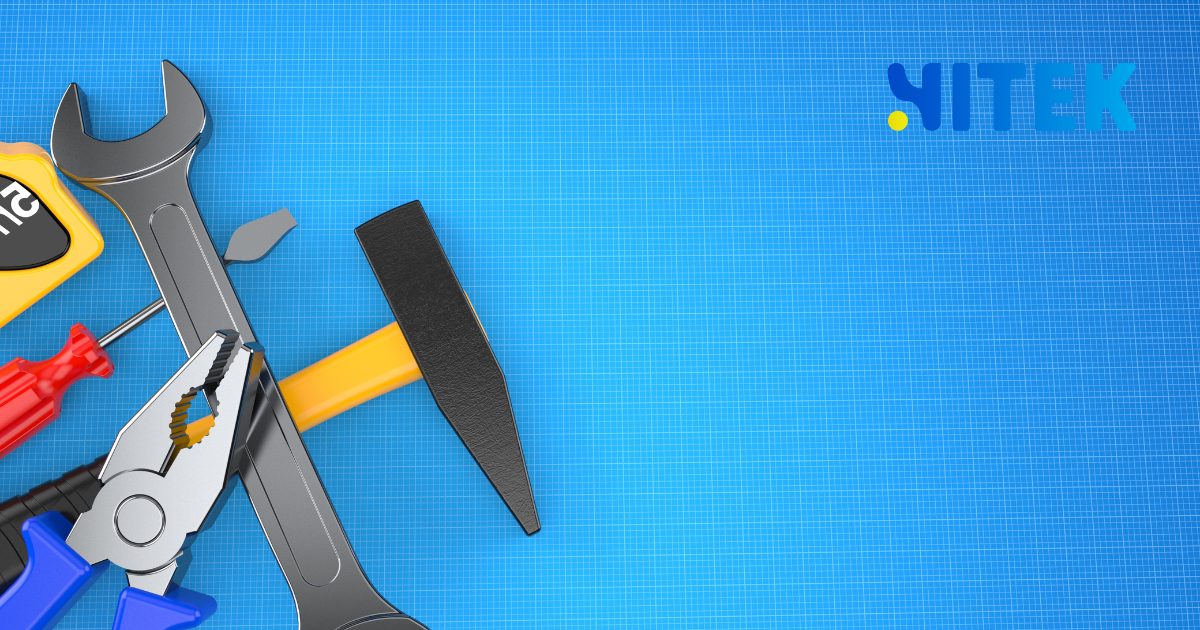The digital landscape never stands still, and neither should your toolkit. As we move deeper into 2025, web development continues to evolve at breakneck speed, with new frameworks, AI-powered assistants, and performance-boosting utilities reshaping how we build the web. For Australian developers—whether crafting sleek e-commerce platforms in Sydney or optimizing SaaS applications in Melbourne—staying ahead means leveraging the best tools available.
Here’s a list of the most powerful, innovative, and downright essential web development tools dominating 2025.
Contents
Toggle1. Next.js 14: The Full-Stack Powerhouse
If you’re building performant, SEO-friendly web apps in 2025, Next.js remains a top contender. The latest version, Next.js 14, introduces smarter static site generation (SSG), enhanced server-side rendering (SSR), and deeper React Server Components integration. With built-in API routes and seamless deployment via Vercel, it’s the go-to framework for full-stack developers.
Why Aussie devs love it:
- Lightning-fast page loads (critical for Australia’s variable internet speeds).
- Simplified internationalization (i18n) for multi-regional businesses.
- Tight integration with TypeScript, reducing runtime errors.
2. Astro 4.0: The Performance-First Framework
Static sites are back quickly, and Astro 4.0 is leading the charge. By shipping zero JavaScript by default and only hydrating what’s necessary, Astro delivers near-instant page loads—perfect for content-heavy sites like Australian news portals and marketing platforms.
Key features:
- Island Architecture for partial interactivity.
- Support for React, Vue, Svelte, and more.
- Built-in image optimization (a lifesaver for mobile users in remote areas).
3. Bun 2.0: The JavaScript Runtime Revolution
Move over, Node.js—Bun is rewriting the rules. This ultra-fast JavaScript runtime (written in Zig) slashes build times and boosts execution speed, making it ideal for high-performance applications.
Why it matters for Australia:
- Faster CI/CD pipelines (critical for remote teams).
- Native support for WebSockets and HTTP/3.
- A drop-in replacement for Node.js with minimal migration effort.
4. GitHub Copilot X: AI-Powered Coding Supercharger
AI isn’t just a buzzword—it’s your new coding partner. GitHub Copilot X, powered by OpenAI’s latest models, goes beyond autocomplete, offering:
- Real-time debugging suggestions.
- Context-aware code generation.
- Natural language-to-code translation (great for rapid prototyping).
For Australian startups and agencies, this means faster development cycles and fewer late-night debugging sessions.
5. Figma Dev Mode: Bridging Design and Code
Design-to-code handoffs have always been messy—until now. Figma Dev Mode lets developers inspect designs, extract CSS/React snippets, and automatically generate responsive layouts.
Why it’s a game-changer:
- Reduces back-and-forth between designers and devs.
- Supports Tailwind CSS and Style Dictionary integration.
- Live collaboration for distributed teams (perfect for Australia’s hybrid workforce).
6. WebContainers: Cloud-Based Development in Your Browser
Imagine spinning up a complete Node.js environment directly in Chrome—no setup, no downloads. That’s WebContainers, transforming how developers prototype and share code.
Use cases for Aussie devs:
- Instant onboarding for remote hires.
- Live coding interviews without environment hassles.
- Teaching web development (universities like UNSW and RMIT are already adopting it).
7. Tailwind CSS 4.0: Utility-First at Warp Speed
CSS frameworks don’t get much hotter than Tailwind. Version 4.0 introduces a new engine written in Rust, resulting in:
- 40% faster builds.
- Zero-configuration mode (finally!).
- Improved dark mode and CSS nesting support.
For Australian developers juggling multiple projects, this means less time wrestling with stylesheets and more time building.
Comparison Table: Top Web Dev Tools in 2025
| Tool | Best For | Key Advantage |
|---|---|---|
| Next.js 14 | Full-stack React apps | SEO-friendly, fast renders |
| Astro 4.0 | Content-heavy static sites | Near-zero JavaScript overhead |
| Bun 2.0 | High-performance backends | Faster than Node.js |
| GitHub Copilot X | AI-assisted coding | Reduces boilerplate code |
| Figma Dev Mode | Design-to-code workflows | Live design collaboration |
| WebContainers | Browser-based development | No local setup required |
| Tailwind CSS 4.0 | Rapid UI development | Lightning-fast builds |
Final Thoughts: Staying Ahead in 2025
The best developers don’t just follow trends—they anticipate them. Whether you’re adopting Bun for backend speed, leveraging AI with Copilot X, or optimizing sites with Astro, these tools are shaping the future of web development in Australia and beyond.
Which tool are you most excited to try? Drop a comment below or share your go-to stack on social media—let’s see what’s powering Australia’s next wave of digital innovation.
Did you like this guide? Bookmark it for your next project, and follow us for deeper insights into the tech shaping 2025.










